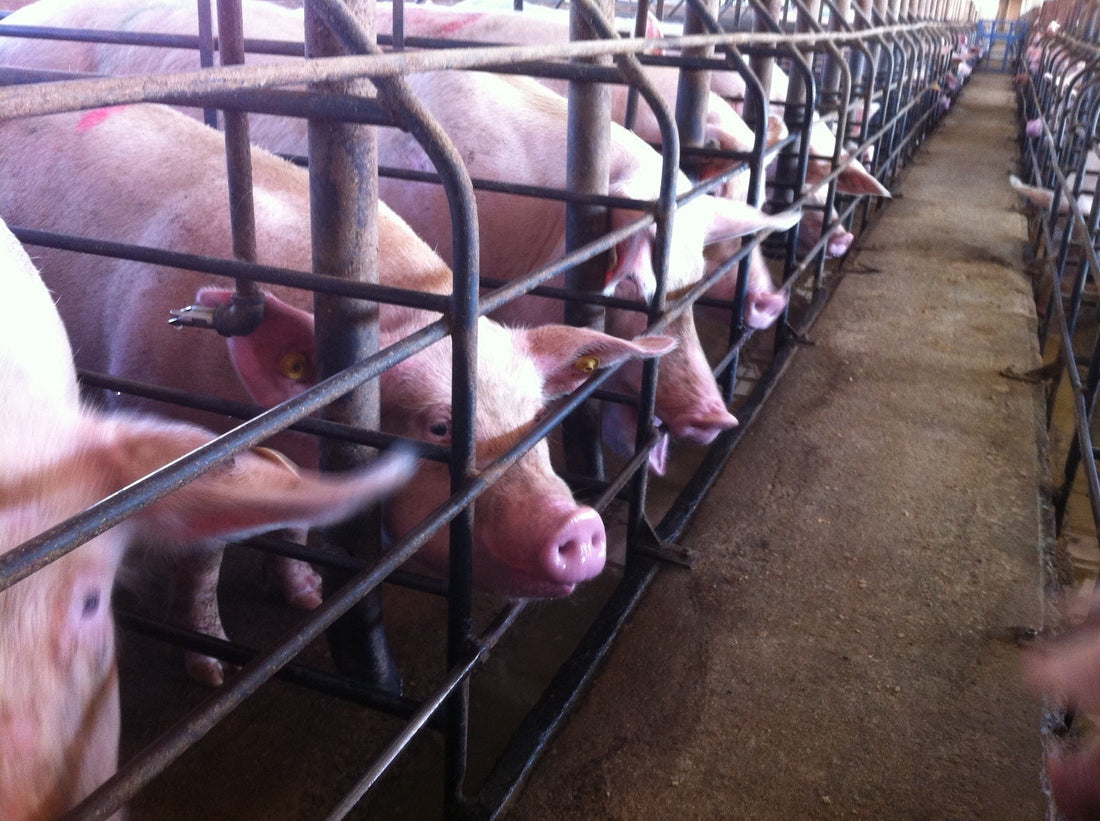
Proposition 12- Animal Welfare Movement Gone Wrong
Share
In 2018, California voters passed Proposition 12, officially titled the Farm Animal Confinement Initiative. Marketed as a progressive step toward improving animal welfare, the law mandates strict confinement standards for egg-laying hens, breeding pigs, and veal calves. Specifically, it prohibits the sale of products—regardless of origin—that do not meet California’s housing requirements. While the intention behind the law may appear humane, its consequences have rippled far beyond the realm of animal welfare, deeply impacting California’s agricultural economy, national food prices, and interstate commerce.
The Economic Toll on California’s Agriculture
California, historically one of the top agricultural producers in the United States, is now witnessing an exodus of small and mid-sized livestock farmers. Upgrading facilities to comply with Proposition 12 requires extensive capital investments—estimates range from $300 to $1,000 per sow for pig farms alone. These expenses disproportionately affect independent operations, who often cannot afford the technological overhauls or extended timelines needed to comply.
As a result, many family-owned farms have either shut down or drastically reduced their herds. This contraction in local supply not only weakens California’s agricultural infrastructure but also creates a dangerous reliance on out-of-state producers who are either struggling to comply or choosing not to do business with California altogether.
Higher Prices for Consumers
Another pressing consequence of Proposition 12 is the dramatic rise in prices for pork, eggs, and veal across California. With fewer producers and more costly production requirements, the law has contributed to limited supply and higher market prices. According to the National Pork Producers Council, bacon prices alone have surged by more than 20% in some California markets since the law began taking effect.
For middle- and low-income consumers, this translates into limited access to everyday food items. While the law was passed with a moral objective, its economic burden falls disproportionately on those least equipped to absorb the added cost.
Legal and Interstate Commerce Implications
Proposition 12 has not only stirred controversy within California but has also sparked legal battles across state lines. Producers from Iowa, Minnesota, and North Carolina—states that are major suppliers of pork and eggs—have criticized the law for its extraterritorial reach. Since California imports the majority of its pork, Proposition 12 effectively forces farmers in other states to conform to its regulations if they wish to sell in the state.
This has led to a constitutional challenge, primarily centered on the Commerce Clause. Critics argue that one state should not have the authority to dictate agricultural practices nationwide. While the U.S. Supreme Court upheld Proposition 12 in a 2023 ruling, the precedent it sets raises concerns about future interstate regulatory conflicts.
A Strain on National Food Security
The broader implication of Proposition 12 is the precedent it sets for agricultural policy driven by popular vote rather than science-based regulation. If more states adopt similar measures with varying standards, the result could be a fragmented and inefficient food system where producers are forced to meet a patchwork of conflicting regulations. This not only undermines national food security but also discourages innovation and investment in the agricultural sector.
Proposition 12 may have been born from good intentions, but its execution has proven economically harmful, legally contentious, and socially regressive. It places the burden of ethical food production not on the industries with the most resources, but on small farmers and everyday consumers. As California continues to navigate the repercussions of this legislation, it serves as a cautionary tale for other states considering similar laws. Meaningful animal welfare reform should involve collaboration between scientists, producers, and policymakers—not sweeping mandates that fracture the nation’s agricultural framework.